THE CHRONICLE
THE ETERNAL GLOW: MICHAEL JACKSON AND THE RESHAPING OF POP CULTURE
A Comprehensive Retrospective on the King of Pop's Enduring Legacy
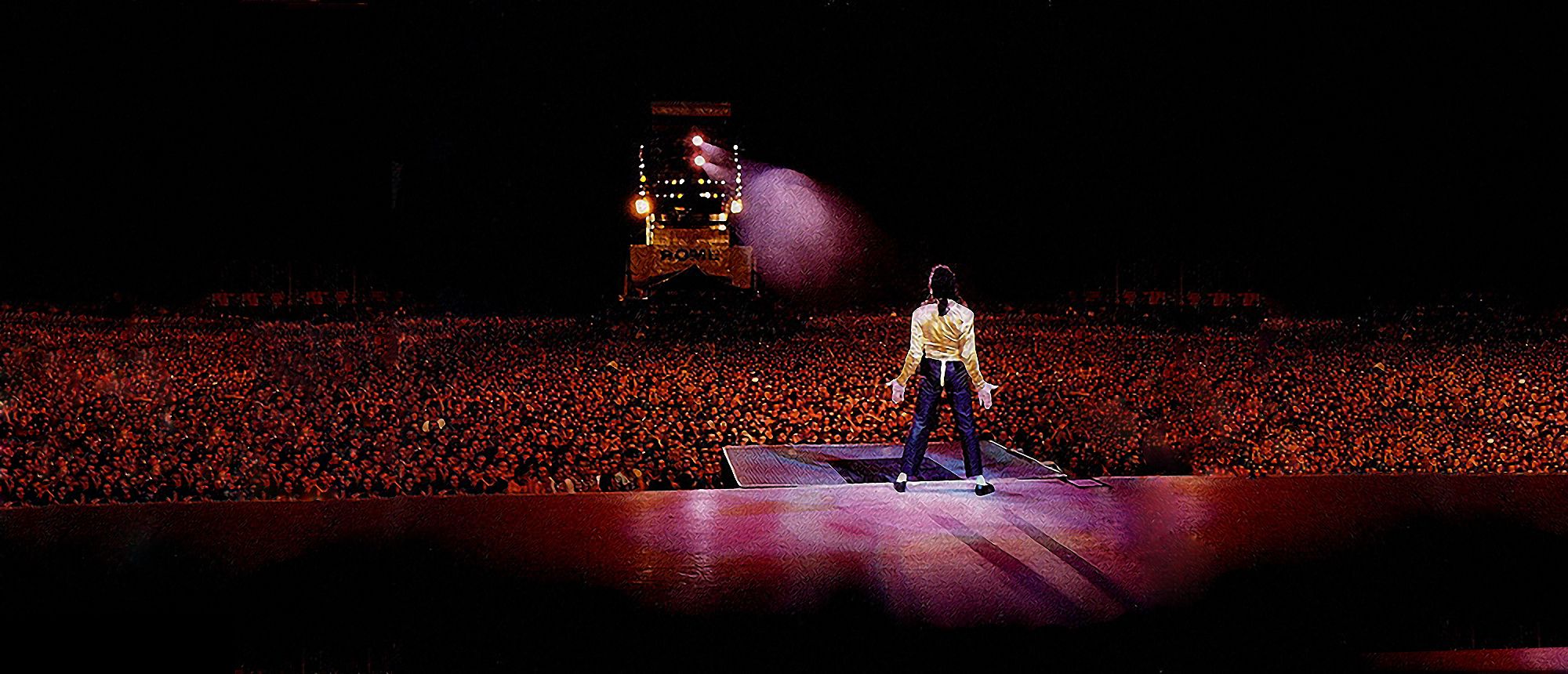
Michael Jackson in his legendary pose during the "Dangerous" world tour, embodying the theatrical spectacle of his performances.
Special Report
CULTURAL ANALYSIS
By Musical Legacy Department
Photography: Archive & Getty Images
Michael Jackson wasn't just a singer; he was a seismic force, a cultural singularity whose life and artistry fundamentally reshaped the landscape of popular music, performance, and global consciousness. To introduce Michael Jackson is to attempt to capture lightning in a bottle – the sheer scale of his talent, the dizzying heights of his fame, the profound controversies that shadowed him, and the undeniable, enduring magic of his work defy simple summation. Born into the crucible of the Jackson 5 in Gary, Indiana, in 1958, his journey from precocious child star to the self-proclaimed "King of Pop" is a narrative woven with unparalleled achievement, relentless innovation, and intense personal complexity.
THE EARLY PRODIGY
Jackson's musical genius manifested early. As the electrifying lead singer of the Jackson 5, his voice – possessing a startling maturity, soulful depth, and effortless range – captivated audiences while he was still in single digits. Hits like "I Want You Back," "ABC," and "I'll Be There" weren't just successful; they were cultural phenomena, establishing him as a prodigy. This childhood fame, however, came at a cost, laying the groundwork for a life lived perpetually under the microscope, devoid of a conventional upbringing.
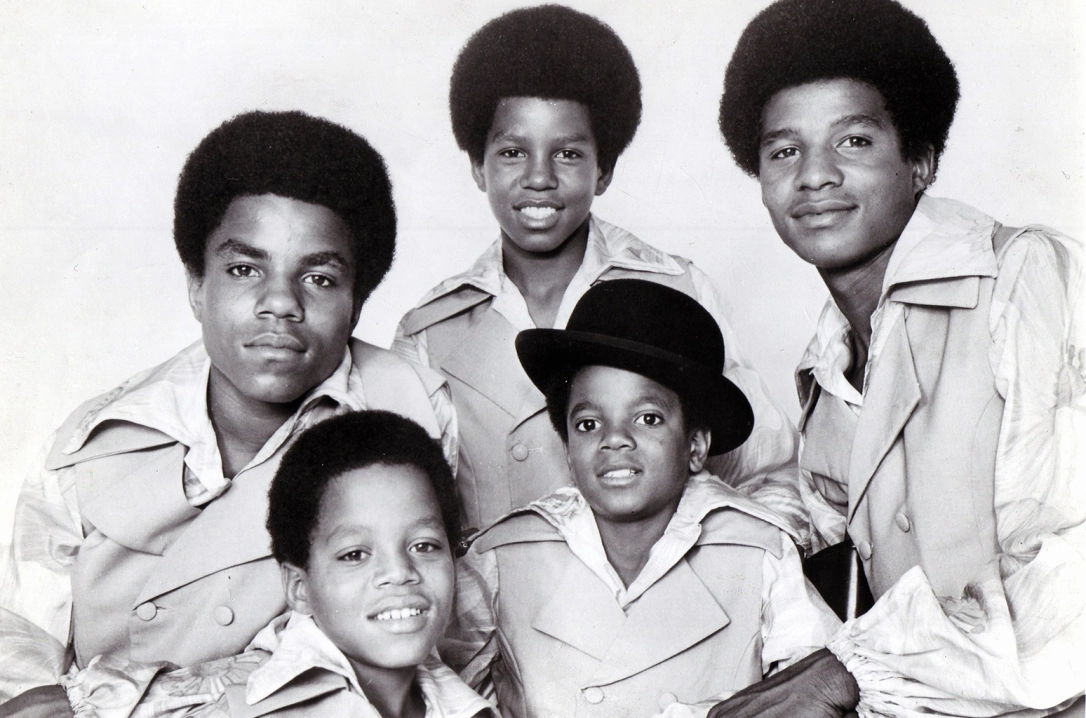
The Jackson 5 featuring a young Michael Jackson (center) during their early rise to fame.
SOLO BREAKTHROUGH
His true seismic impact began with his solo adulthood. The 1979 album Off the Wall, crafted with Quincy Jones, was a masterclass in sophisticated pop, disco, and soul. Tracks like "Don't Stop 'Til You Get Enough" and "Rock with You" showcased a newly liberated artist, his voice smoother and more expressive, his songwriting sharper. It shattered racial barriers on radio and MTV, proving a Black artist could achieve massive mainstream, crossover success. But it was merely the prelude.
MILESTONE ACHIEVEMENT
"Thriller" remains the best-selling album of all time with estimated sales of 70 million copies worldwide
THE 'THRILLER' PHENOMENON
1982's Thriller wasn't just an album; it was a global cultural reset. It became, and remains, the best-selling album of all time. Every track felt like an event: the menacing funk of "Billie Jean," the anthemic solidarity of "Beat It" (featuring Eddie Van Halen's blistering guitar solo, bridging rock and pop), the title track's groundbreaking, narrative-driven horror-music video directed by John Landis.
The "Thriller" video revolutionized the medium, transforming music videos from promotional tools into high-budget, cinematic art forms essential to an artist's identity and success. Jackson's performances within them were mesmerizing – his movements precise, fluid, and otherworldly. The moonwalk, debuted during a Motown 25th-anniversary performance in 1983, became an instant global icon, embodying his ability to defy gravity and expectation.
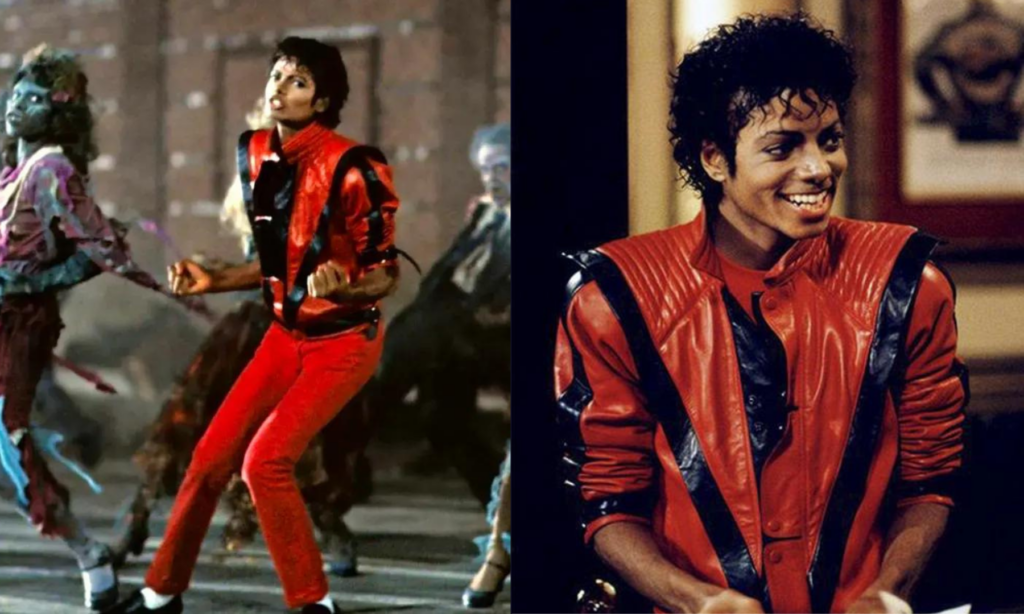
Michael Jackson in the iconic red leather jacket from the "Thriller" music video.
INNOVATION AND EVOLUTION
Jackson was a relentless innovator. His sound evolved through Bad (1987), with its harder-edged rock and pop anthems ("Smooth Criminal," "Man in the Mirror"), and Dangerous (1991), which embraced New Jack Swing ("Jam," "Remember the Time"). He constantly pushed production boundaries, layering vocals, integrating cutting-edge technology, and crafting intricate sonic textures.
His songwriting tackled diverse themes: social commentary ("They Don't Care About Us," "Earth Song"), paranoia and media scrutiny ("Leave Me Alone," "Scream"), romantic yearning, and pure, infectious joy.
"His stagecraft was unparalleled. Concerts weren't mere recitals; they were meticulously choreographed, technologically dazzling theatrical spectacles."
From his signature single sequined glove and fedora to military-inspired jackets and futuristic ensembles, his visual style was as iconic as his voice. He moved with a breathtaking combination of robotic precision and balletic grace, punctuated by explosive bursts of energy. He understood the power of image and spectacle like no one before him, creating moments that burned themselves into collective memory.
BEHIND THE CURTAIN: THE MAN BEHIND THE ICON
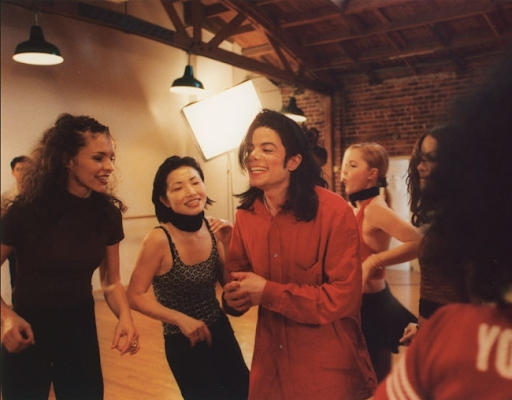
Michael Jackson during a rare candid moment, showing the more personal side of the superstar.
Yet, Jackson's life was a tapestry of profound contrasts. His immense fame existed alongside intense isolation. His childlike persona – Neverland Ranch, friendships with children, a voice that retained a boyish quality – fascinated and disturbed.
Serious allegations of child sexual abuse emerged in 1993 and again in 2003. The 1993 case was settled out of court; the 2005 trial resulted in acquittal on all charges. These allegations irrevocably tarnished his image and remain a contentious, painful part of his legacy, forcing a complex and uncomfortable reckoning with the idol behind the icon.
His physical appearance underwent dramatic changes, sparking endless speculation about plastic surgery and skin conditions (he stated he had vitiligo). His relationships, finances, and eccentricities became constant tabloid fodder.
His death in 2009, at the age of 50 from acute propofol intoxication administered by his personal physician, felt like a global moment of collective shock and grief, a stark reminder of the fragility beneath the seemingly superhuman facade.
THE IMMORTAL LEGACY
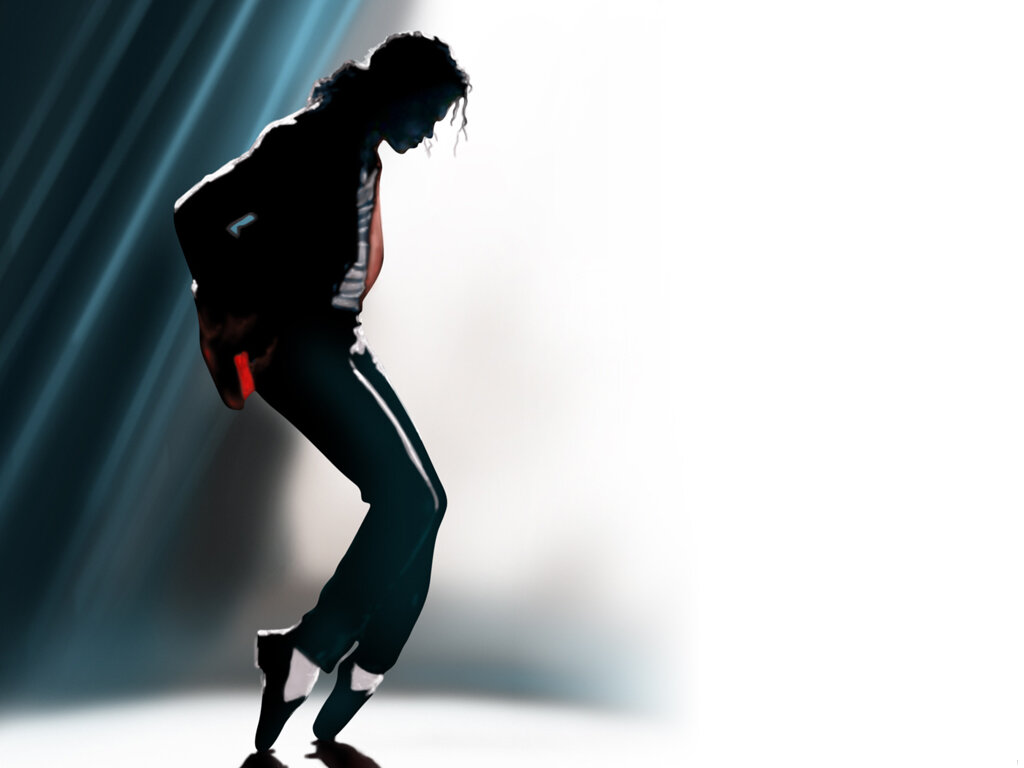
Michael Jackson performing his revolutionary moonwalk during the Motown 25th anniversary special in 1983.
Despite the controversies, Michael Jackson's artistic legacy is monumental and undeniable. He broke down racial barriers in media, particularly on MTV, paving the way for countless artists. He revolutionized music video production, setting a standard that persists. His dance moves remain foundational vocabulary in pop culture.
His vocal techniques – the hiccups, the gasps, the soaring falsetto, the percussive bursts – have been endlessly studied and imitated. His influence permeates virtually every major pop, R&B, and hip-hop artist who followed, from Usher and Chris Brown to Justin Timberlake, Beyoncé, and The Weeknd.
He became the first truly global pop superstar, adored from Indianapolis to Jakarta. His humanitarian efforts, including co-writing "We Are the World," reflected a genuine, if complex, desire to heal the world. His music provided a universal soundtrack, transcending language, culture, and generation.
Introducing Michael Jackson, then, means acknowledging the totality: the incandescent talent that redefined performance; the groundbreaking artist who reshaped industries; the deeply complicated, often enigmatic man haunted by fame and controversy; and the eternal icon whose music continues to ignite dance floors, inspire artists, and captivate the world.
He was a phenomenon, a paradox, and ultimately, the undisputed King of Pop whose glow, for all its shadows, continues to illuminate the world of music and beyond. His story is one of breathtaking ascent, profound complexity, and an artistic legacy that remains vibrantly, inescapably alive.
DISCOGRAPHY TIMELINE: MUSICAL EVOLUTION
Off the Wall (1979)
Breakthrough solo album
Produced with Quincy Jones, Jackson established himself as a solo artist with disco-infused hits like "Don't Stop 'Til You Get Enough"
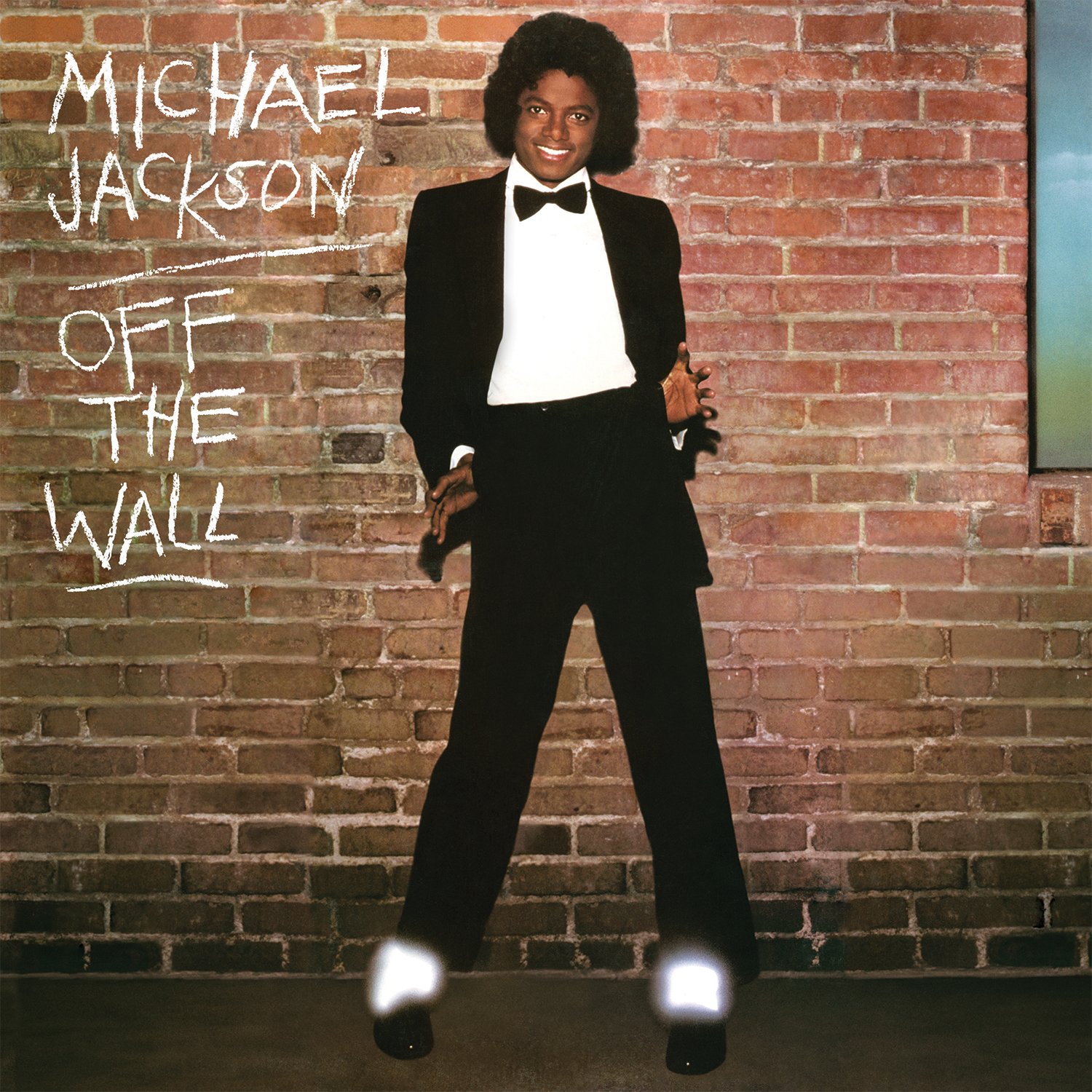
Thriller (1982)
The global phenomenon
The best-selling album of all time produced seven top 10 singles and revolutionized the music video medium
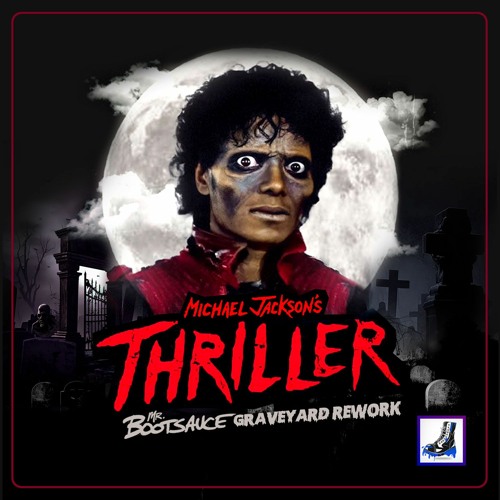
Bad (1987)
Harder-edged evolution
Five consecutive #1 singles and the incredible Bad World Tour established Jackson as the premier live performer of his era
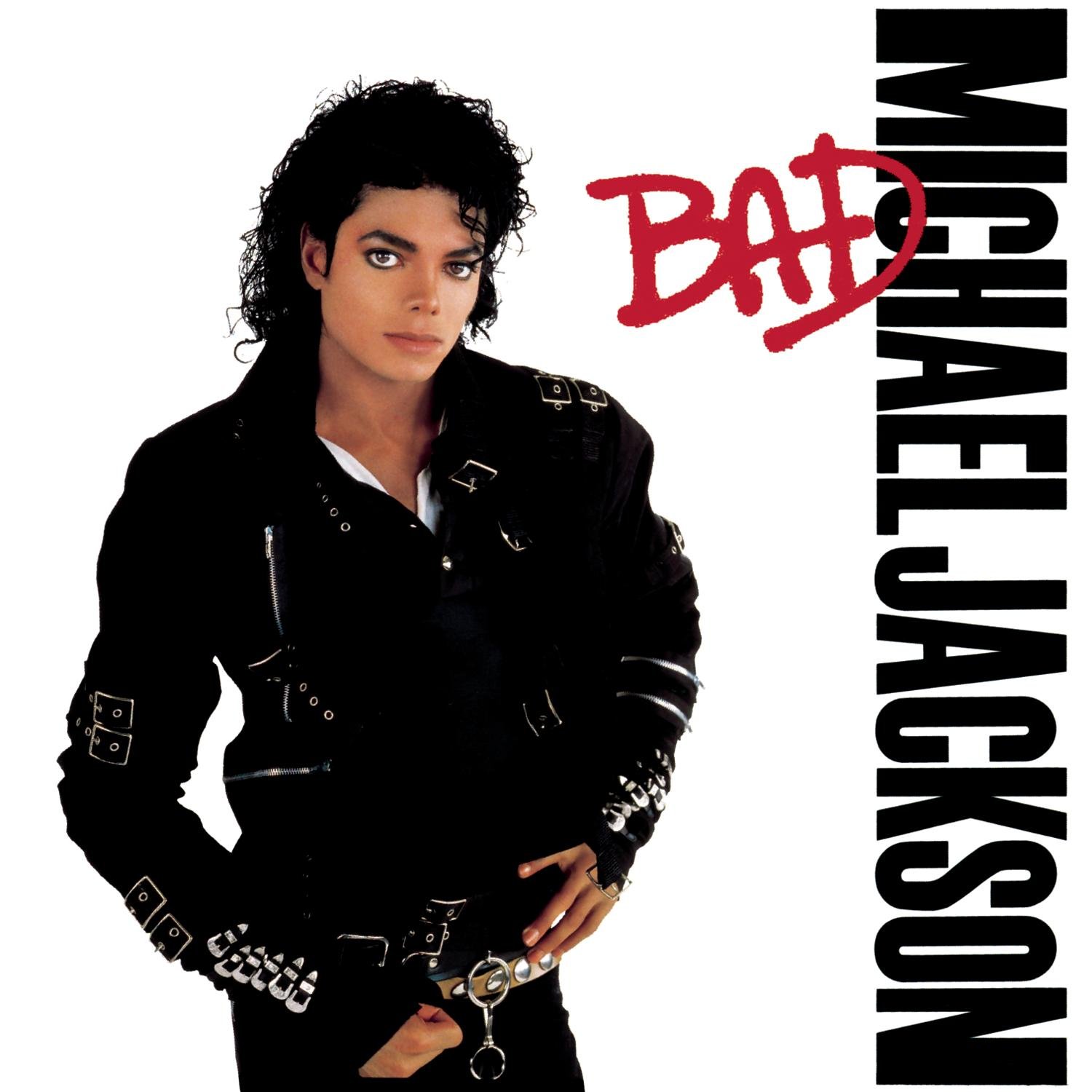
Dangerous (1991)
New Jack Swing era
Embracing contemporary R&B sounds with producer Teddy Riley while tackling more social themes in songs like "Black or White"
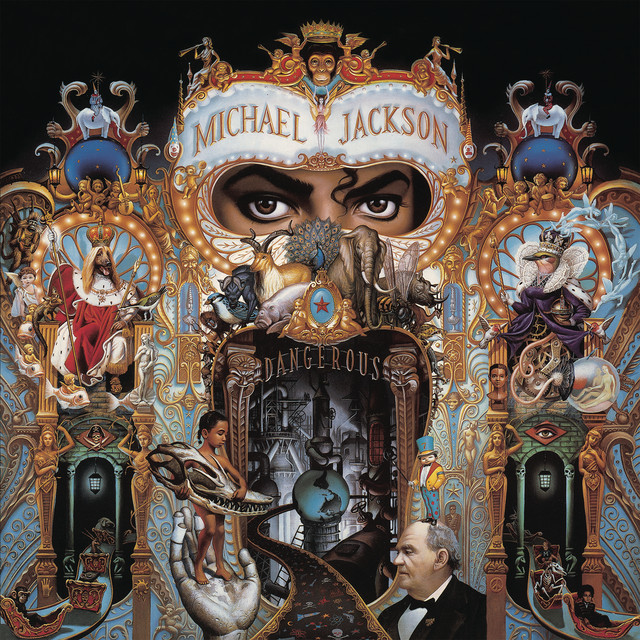
"I'm starting with the man in the mirror
I'm asking him to change his ways"
Michael Jackson's music often reflected his desire to heal the world and inspire positive change, even as his personal life became increasingly complex and troubled.